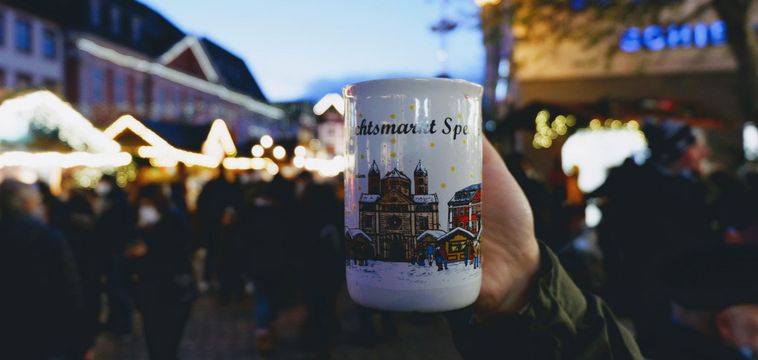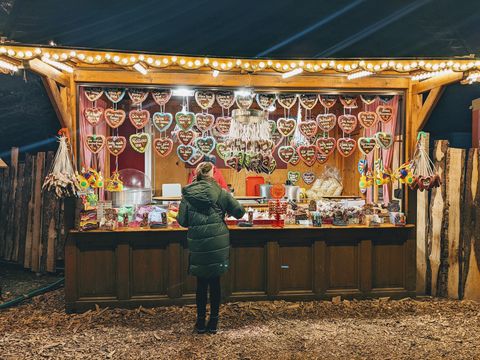Ayo is from Nigeria and came to Germany as an exchange student in October 2021. Currently, he lives in Berlin and studies Biosphere Reserves Management at the Eberswalde University for Sustainable Development.
Is Christmas important to you and what does Christmas mean to you personally?
Christmas is highly significant to me and a lot of people in my country because we are very religious. It signifies the remembrance of the birth of Jesus Christ who was sent to the world to save mankind. It is a big deal for me because it reminds me of the fact that a saviour was born into the world to save my soul. It is also a period when extended family members get together to celebrate with each other.
What do you associate with Christmas in Germany and did anything seem strange to you?
One major thing I associate with Christmas in Germany is the fireworks on Christmas eve. The sight of it accompanied with the joy in the environment is amazing.
I found it super weird and unusual that people didn’t go to church on Christmas day. Something amazing about Christmas in Germany was the Christmas lights already set up from the 1st of November on the streets and people’s homes. In the Christmas period, there was life in a different way in the city I live in. It was spectacular.
Do you celebrate Christmas back home in Nigeria with your family and do you have special Christmas traditions and rituals?
Yes. Most of the time, we go to church on the 25th of December to mark the birth of Jesus. Sing Christmas songs and carols, watch some Christmas movies and also exchange gifts with fellow church members.
Christmas in my family is always celebrated in a grand style where food delicacies such as fried rice, jollof rice (a traditional rice dish from Senegal), pounded yam are prepared in large quantities to give to visitors and neighbours.
One major tradition accustomed to people in my country on the day of Christmas is the killing and cooking of Hen, Fowl or Turkey for the celebration.



